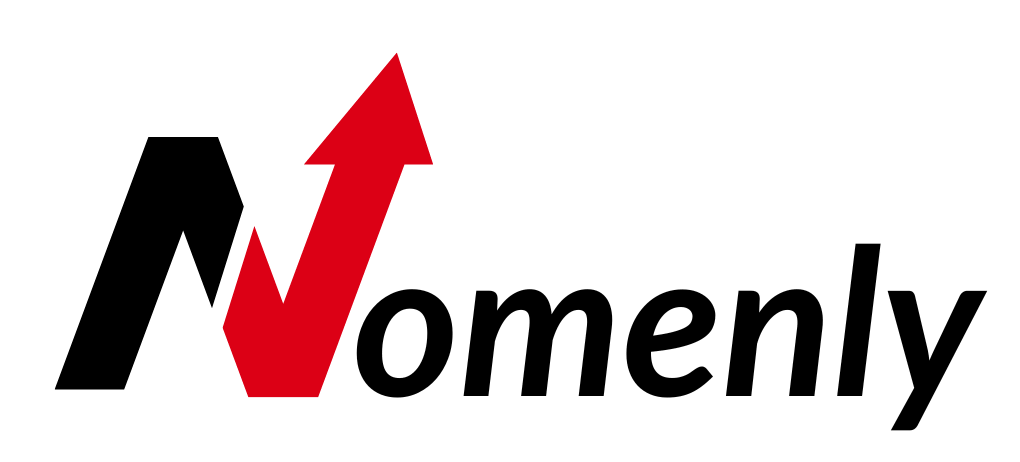In the high-stakes world of business procurement, mastering the art of Request for Proposal (RFP) content management can be a game-changer. An RFP is a critical document that solicits proposals from potential suppliers or service providers, forming the cornerstone of strategic sourcing and project initiation. Ensuring RFPs are clear, comprehensive, and tailored to attract the right vendors is essential. As businesses strive to streamline their operations and improve collaboration among stakeholders, the role of effective RFP content management becomes increasingly evident. Keep reading to learn how mastering this skill can bolster your business’s efficiency and competitive edge.
Understanding RFP Content Management and Its Strategic Value

RFP content management is a strategic process that involves creating, organizing, and overseeing the information needed to produce an RFP. It helps businesses communicate their requirements and evaluate potential partnerships with clarity and efficiency. Maintaining a repository of quality RFP content saves time and reduces redundancy, while clear guidelines and templates ensure consistency across multiple projects and departments.
Strategic RFP content management also allows companies to analyze the success of their bidding processes, providing a framework for reviewing past proposals, improving future documents, and understanding vendor selection trends. When combined with business intelligence tools, RFP content management can help in decision-making by gathering and interpreting data from previous RFPs, enabling businesses to make data-driven changes to their RFP processes, improving their chances of securing the best vendors and partners.
Key Benefits of Efficient RFP Content Management for Businesses
An efficient RFP content management system can significantly reduce the time and effort required to draft new RFPs, accelerating the procurement cycle and allowing businesses to respond more quickly to market opportunities. Quality RFP content management enhances the accuracy of each tender document, minimizing errors and legal ambiguities.
It also enhances collaboration among departments by allowing different teams to access and contribute to a shared content library, ensuring the most up-to-date information is available for each new RFP. Well-managed RFP content can bolster a company’s reputation in the eyes of potential vendors, signaling a commitment to forging strong, mutually beneficial partnerships.
Overcoming Common Challenges in RFP Content Management
Effectively managing Request for Proposal (RFP) content presents challenges, including maintaining a centralized, up-to-date content repository, standardizing RFP content across an organization, and managing the overwhelming volume of information. A centralized content repository ensures all stakeholders have access to the latest documents and information.
Standardizing RFP content across departments can lead to inconsistencies, confusing vendors, and reducing efficiency. Implementing a tagging or categorization system can help manage the vast volume of information. Companies often turn to digital solutions for better content organization, access control, and collaborative features, simplifying the RFP content management process and enhancing operations.
Best Practices for Streamlining Your RFP Content Process

To streamline the RFP content process, create a well-organized and easily accessible repository for all RFP-related documents. Regular audits ensure the repository remains current and relevant. Engage cross-functional teams to increase the comprehensiveness and accuracy of RFPs by incorporating diverse expertise.
Establish clear guidelines and standards for RFP content, such as a unified style guide and template, to ensure consistency in format, tone, and structure. Collect feedback from vendors and internal teams to improve templates and processes. Continuous improvement is also a priority, as it helps tailor templates and processes to better suit the needs of all parties involved.
Leveraging Technology to Enhance RFP Content Management Systems
Advancements in technology have significantly improved RFP content management, enabling businesses to store, organize, and manage content more efficiently and less labor-intensively. These systems often include collaboration tools, enabling team members to work concurrently on RFPs. Artificial Intelligence and machine learning capabilities in these systems provide a competitive advantage by recommending content, automating responses, and analyzing success rates.
Integrating RFP content management systems with other business platforms like CRM and project management tools can also improve efficiency by reducing duplication of effort and ensuring cohesive data sharing and analysis. Cloud-based RFP content management solutions offer enhanced security, scalability, and accessibility, ensuring sensitive information remains accessible to authorized personnel.
Overall, effective RFP content management is no longer optional but a necessity in today’s competitive business landscape. By adopting best practices and leveraging the right technology, companies can not only streamline their RFP processes but also foster improved relationships with vendors and drive better procurement outcomes. The strategic, operational, and technological facets of RFP content management converging to create a comprehensive ecosystem that is essential to modern corporate success.



